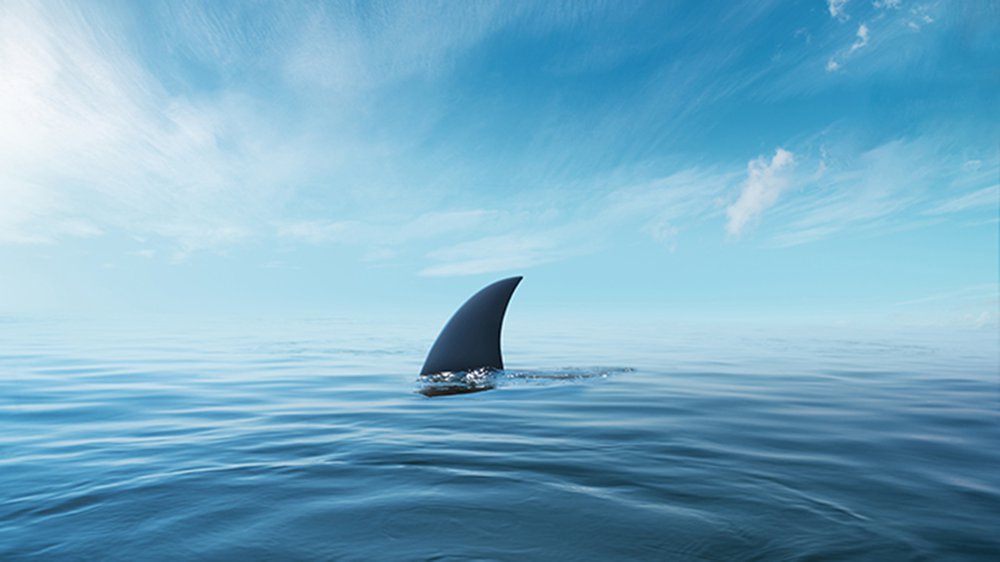Question Your World: What’s Scarier than a Shark with One Head?
Okay science lovers, it’s time to get into the Halloween spirit and explore that overlap of scary and scientific. What’s scarier than a shark with one head?
We love the topic of sharks. On our blog we've chatted about climate related regional shark issues, walking sharks (yes, you read that correctly, walking ... sharks), and shark-related technology.
A two-headed shark was discovered off the coast of India earlier this month. A fisherman noticed this unusual creature in his catch and shared some pictures online of what turns out to be a two-headed juvenile spade nose shark. While that may sound really scary as you have scenes from “Jaws” running through your head, these particular sharks only grow to about two to three feet in length at full maturity and are generally considered totally harmless to humans.
Okay, but what about this two heads business? This shark is bicephalic, meaning two headed. This has been known to occur in many species for different developmental reasons. Either one embryo can split incompletely, or two embryos can partially fuse. Both situations arise from genetic or environmental causes.

Image credit: Getty Images
Scientists have observed strange development in some animals from foreign objects, like micro plastics interfering inside a forming embryo. Pollution impacts like chemical interference could also lead to a two-headed situation. And, of course, natural cases have also been known to happen in humans, deer, snakes, fish, salamanders and other animals.
However, we’ll never know what caused bicephaly in this two-headed shark because the fisherman ultimately decided not to keep it and tossed it back into the ocean. That’s right folks, it could still be out there!
Okay, so you know what’s scarier than a two-headed shark? A THREE-HEADED SHARK!! Don’t worry, there are no accounts of three-headed sharks yet, but tricephalic, or three headed occurrences, have also been observed by science, but that’s another tail all together.
The Museum is hard at work helping you to discover your world despite dramatically reduced financial resources. If you'd like to help us continue this work, click here to learn how.

